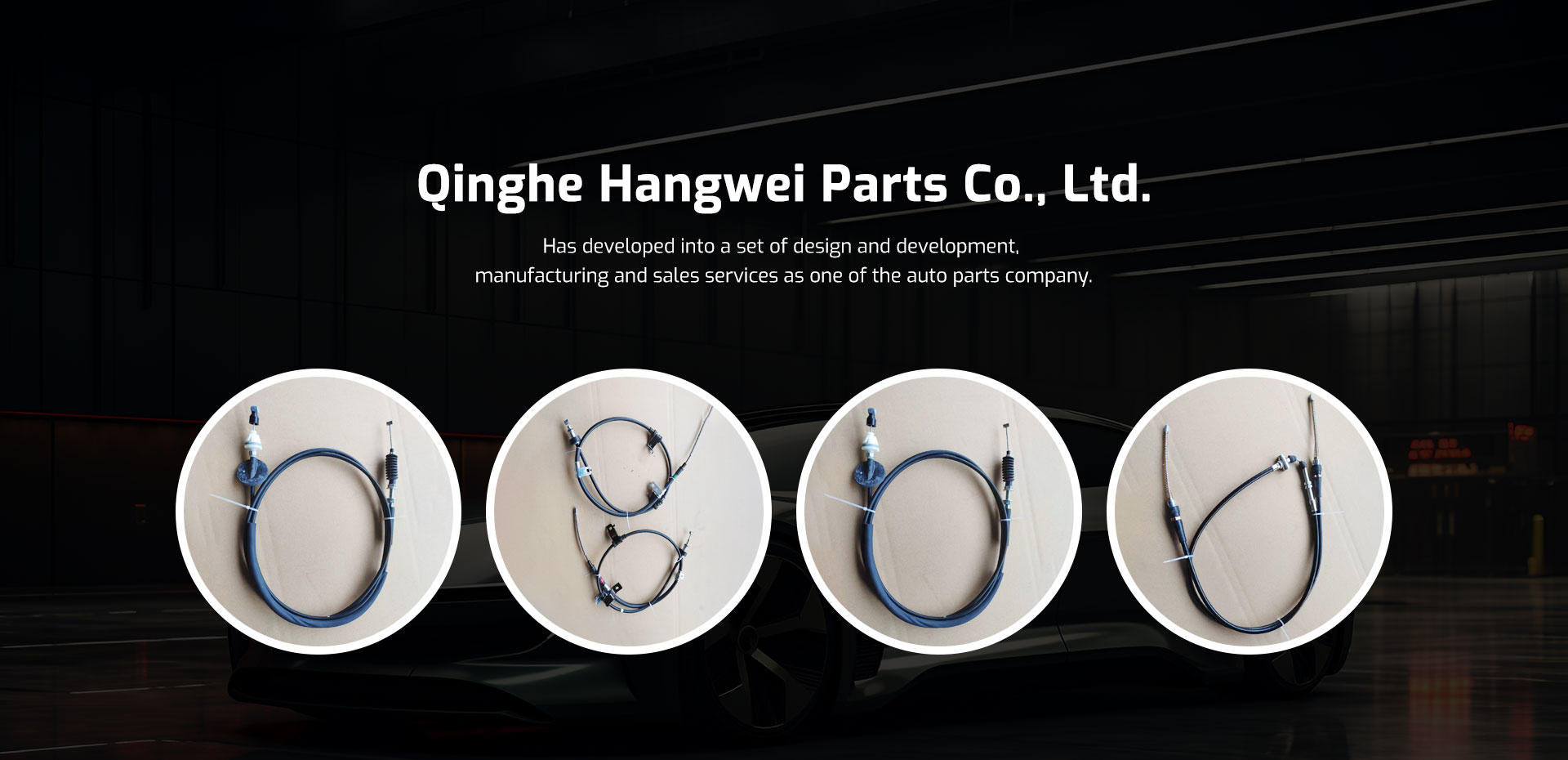Throttle Cable Connection System for Enhanced Control and Performance
Understanding Throttle Cable Linkage A Crucial Component for Engine Performance
Throttle cable linkage plays a vital role in the operation of an engine, particularly in internal combustion engines found in automobiles, motorcycles, and various types of machinery. This system connects the accelerator pedal to the throttle body, which controls the air and fuel mixture entering the engine. When the driver presses the accelerator, the throttle cable transmits this action to the throttle valve, allowing more air and fuel into the engine and increasing power output.
The fundamental design of the throttle cable linkage consists of a flexible cable encased in a protective sheath, with one end connected to the accelerator pedal and the other attached to the throttle body. This design enables smooth and efficient movement while minimizing friction. Over time, however, wear and tear can affect the performance of the linkage. A frayed or stretched cable can lead to lag in throttle response or even complete failure to respond, resulting in unsafe driving conditions. Regular inspection and maintenance of the throttle cable are essential for ensuring reliable engine performance.
Proper adjustment of the throttle cable linkage is equally important. If the cable is too tight, it can create excessive strain on the throttle body, leading to premature wear or damage. Conversely, if it is too loose, the throttle response may be sluggish, impacting the vehicle's acceleration. Mechanics typically recommend a specific amount of slack in the cable, which allows for optimal performance without risking damage.
throttle cable linkage

In modern vehicles, electronic throttle control systems have emerged as an alternative to traditional cable linkages. These systems use electronic sensors and motors to control throttle position with greater precision, enhancing responsiveness and fuel efficiency. However, many older vehicles still rely on mechanical throttle cable linkage, making it crucial for owners to be aware of its importance.
In addition to the physical components, the design of the throttle cable linkage can significantly affect the driving experience. Different vehicles may have varying levels of sensitivity and resistance in their throttle response, influenced by the type of linkage used. For performance enthusiasts, fine-tuning the throttle cable can lead to improvements in acceleration and handling, making it a popular modification.
In conclusion, throttle cable linkage is a fundamental component behind the scenes of any internal combustion engine, ensuring that the driver’s input translates seamlessly into power delivery. Whether in routine maintenance or performance tuning, understanding and taking care of this crucial link can significantly enhance the overall driving experience. As technology advances, the evolution of throttle control continues, but the principles of its operation remain a cornerstone of automotive engineering.
-
Workings of Clutch Pipe and Hose SystemsNewsJun.04,2025
-
The Inner Workings of Hand Brake Cable SystemsNewsJun.04,2025
-
The Secrets of Throttle and Accelerator CablesNewsJun.04,2025
-
The Hidden Lifeline of Your Transmission Gear Shift CablesNewsJun.04,2025
-
Demystifying Gear Cables and Shift LinkagesNewsJun.04,2025
-
Decoding Clutch Line Systems A Comprehensive GuideNewsJun.04,2025
